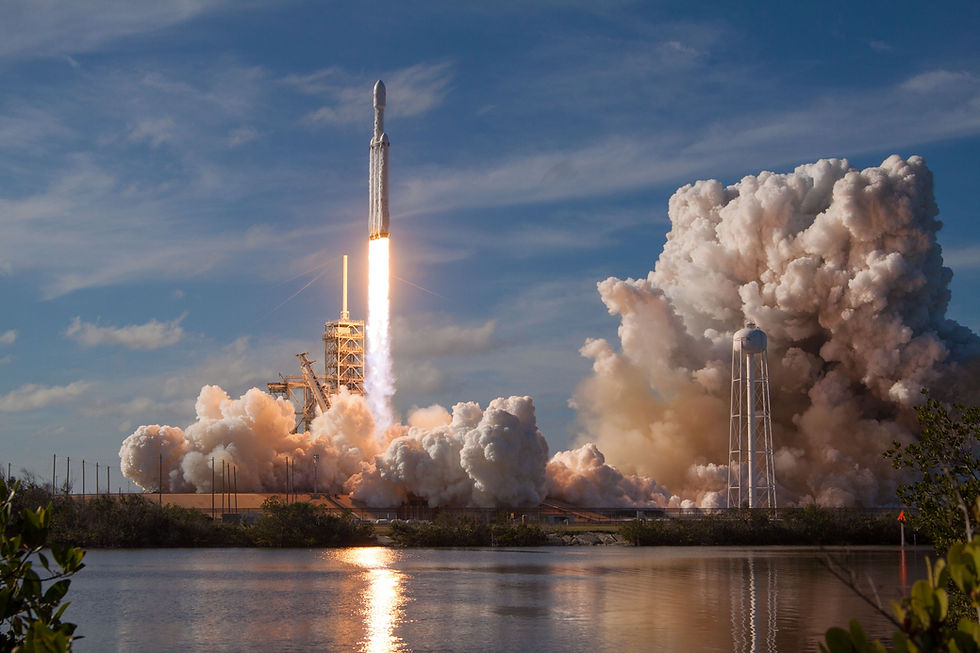Factors in aviation workplace safety
- Jackie Olinger
- Jul 22, 2022
- 2 min read
The Importance of Safety
The Federal Aviation Administration (FAA) oversees private and commercial aviation in the United States. As part of this oversight, they are “responsible for ensuring the health and safety of the flying public by setting training requirements for both operating crews and maintenance workers.”
Even though, as they note, “workplace safety traditionally has not been a primary concern of the FAA, except where unsafe working conditions might also affect the safety of aircraft or crews,” the FAA discusses ways aviation employers can provide a safe environment. It’s worth bearing in mind that, as FAA policies demonstrate, worker safety is an important part of public safety.

Safety Factors
As part of an overview of safety protocols for maintenance workers in their Human Factors Guide for Aviation Maintenance, the FAA describes the following issues that can inhibit safety in aviation workplaces:
Individual
Allow for human judgment while accounting for human error. Since humans aren’t infallible, expecting an employee to make up for deficiencies in system design makes the entire process vulnerable. The guidelines note, “System design that depends on the human user to compensate for design deficiencies is doomed to a life of increased errors and marginally effective performance. It is better to design a system that utilizes the capabilities of the individual(s) without imposing unnecessary limitations.”
Task-Related
Assign a reasonable amount of work—don’t “overload” or “underload.” Physically, work should be reasonably distributed; that is, it should not strain or stress the arms while underloading the back and legs.
Tool and Equipment
“Design tools and equipment for the individual person,” such as for female workers as well. This is especially important for industries wanting to increase diversity in their workforce. If the tools available are uncomfortable or impossible for a given demographic to use, that demographic is unlikely to seek out work in that industry. Tools necessary for the job should be useful, not distracting, to the employee.
Facilities and Environment
“Failing to address facility issues [such as lighting, noise, and temperature] can easily increase work and inspection errors.” Workers should be physically comfortable enough to avoid distraction so that they are less likely to make mistakes.
Materials
Maintenance technicians frequently work with hazardous materials. The guidelines in place for handling and storing dangerous material should always be emphasized. It’s especially important that individuals not become so comfortable working with these materials that safety concerns fall by the wayside.
Administration/Organization
From the administrative side, it is difficult to coordinate safety improvements that will match everyone’s priorities, as well as to implement changes smoothly and with sufficient notice.
A Safe Workplace
Understanding the types of issues that can cause a barrier to safety enables better, more strategic preparation. What kinds of difficulties or distractions might your employees face at work, and how can you best create a safe, productive work environment for them?





Comments